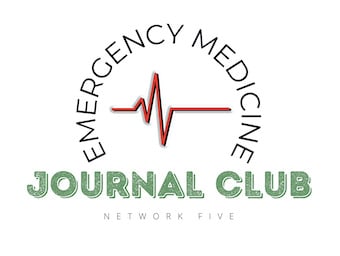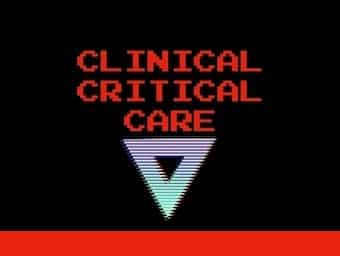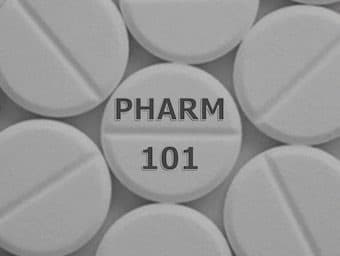
Network Five: Critical Care
Network Five Emergency Medicine Journal Club Episode 21 - Critical Care reviewing papers on cardiogenic shock, intravenous fluids in sepsis and lung protective ventilation strategies.

Network Five Emergency Medicine Journal Club Episode 21 - Critical Care reviewing papers on cardiogenic shock, intravenous fluids in sepsis and lung protective ventilation strategies.

In this video Joel Topf looks at three types of potassium wasting nephropathies: Polyuria; distal RTA; and hypomagnesemia...and how each can lead to hypokalemia.

In this video Joel Topf looks at how you can easily differentiate between different types of diabetes insipidus.

In this video Joel Topf looks at acetazolamide and potassium-sparing diuretics; how to optimise your patients’ diuretic regimen; the advantages and disadvantages of each diuretic; and what to do when they don’t work.

In this video Joel Topf looks at how the treatment algorithms for uncompensated hyponatremia differ based on the severity of symptoms.

Diuretics don't always work as expected–what do you do when diuresis is not sufficient? In this video Joel Topf looks at how to alter treatment based on the pattern of diuretic response seen in your patient.

John Myburgh hypothesises that resuscitation fluids cause more harm than they save lives.

ACEM Primary Pharmacology of Intravenous Fluids: the Pharmacokinetics; Pharmacodynamics; Clinical uses; Adverse effects

Potassium is the major intracellular cation (sodium is major extracellular). 90% is exchangeable, with an inverse relationship to serum pH

Hypokalaemia: the most common electrolyte abnormality in hospitalised patients; mostly caused by drugs and GI disease

Hypernatraemia can be caused by a number of critical illnesses: water depletion (decreased intake, hypotonic fluid loss – renal/non-renal); solute excess (Na+ or other)

Hyperkalaemia is a life-threatening emergency. Basic overview of hyperkalemia management